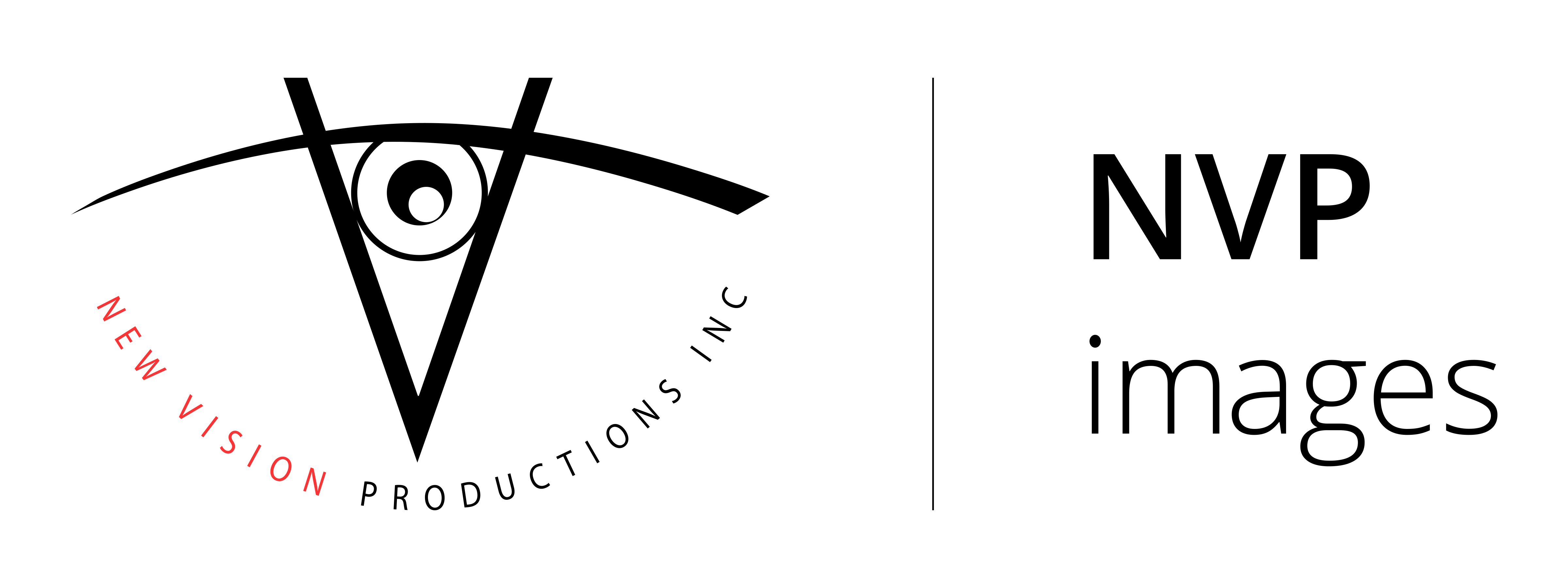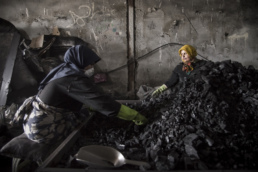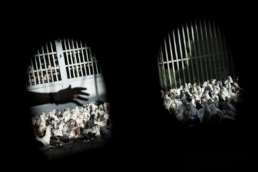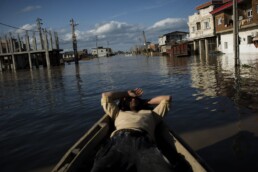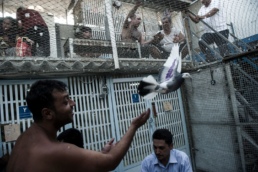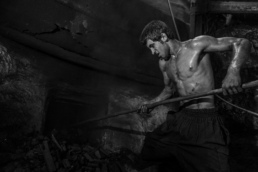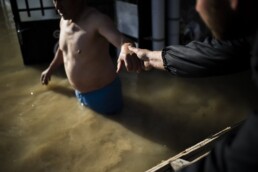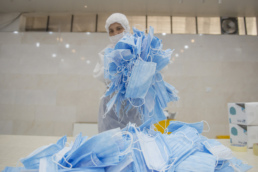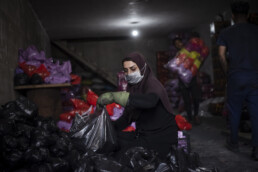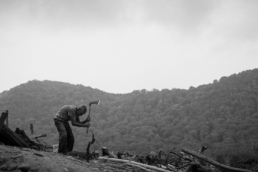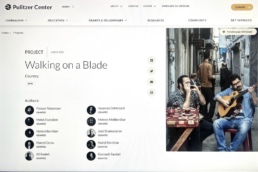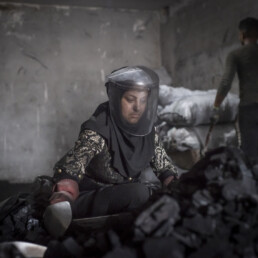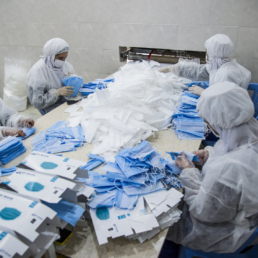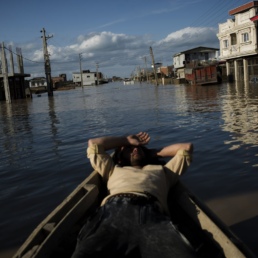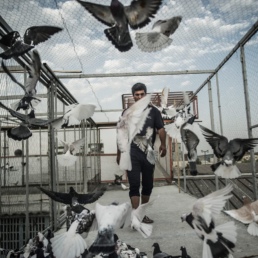
Hamed Barchian
- Photojournalist
- Publisher
Selected Recognitions
- Pulitzer Center Grantee
Hamed Barchian is an Iranian photojournalist, based in Gorgan, Iran.
From 1989 to 2012, and as a self though photographer, he worked with major local Iranian news agencies and dailies, such as Hamshari and Fars News Agency while he was studying computers at university. To pursue his dream of photography, Hamed left university in late 2012 and started to work on more in-depth and on longer documentary projects. Later in 2019 he joined NVP Images as an associate photographer. Aside from being a photojournalist, Hamed has been involved with the publishing industry for such a longtime. AS a result, Its been over 4 years that he is running his own printing company in city of Grogan.
Walking On A Blade
Latest Updates
Selected Projects
Project Location | Middle East, Iran, Gorgan Production Date | 2020-05-15 – (2020 Grant recipients of Pulitzer Center) This manual charcoal packaging workshop is located in the city of Gorgan, in the province of Golestan, Iran. The workshop employs ten workers, of whom six are women, and has…
Project Location | Middle East, Iran, Aq Qala Production Date | 2020-11-02 – (2020 Grant recipients of Pulitzer Center) This mask production workshop is located in an industrial area 15 km away from the city of Gorgan, in the north of Iran. Originally a manufacturer of fabric covers, the…
Project Location | Middle East, Iran, Golestan Production Date | 2019-03-24 The Golestan floods, caused by heavy rains starting on 19 March, have affected a total of 10 cities in northeast Iran (The cities of Gorgan, Bandar Turkman, Azad Shahr, Aq Qqala, Gonbad-e Kavus, bandar-e Gaz, Ali Abad,…
